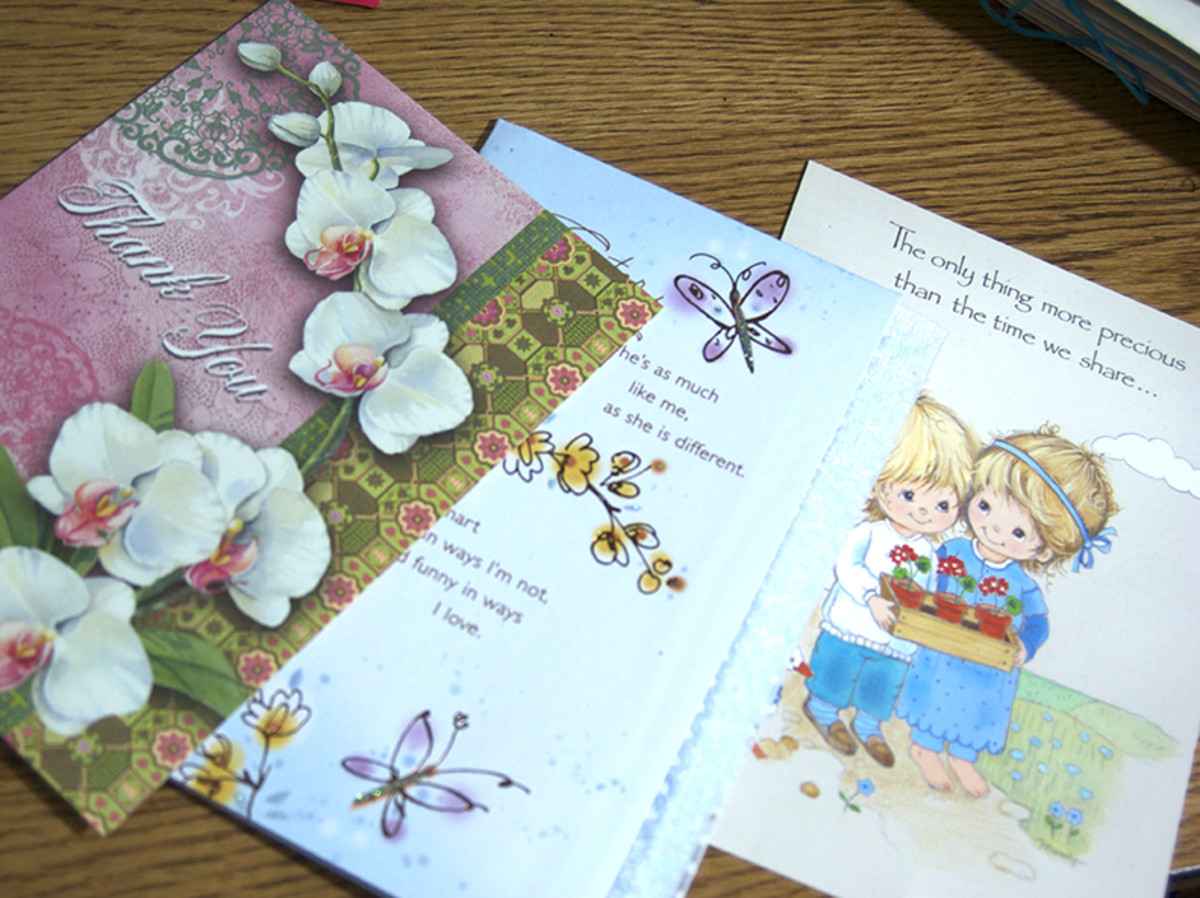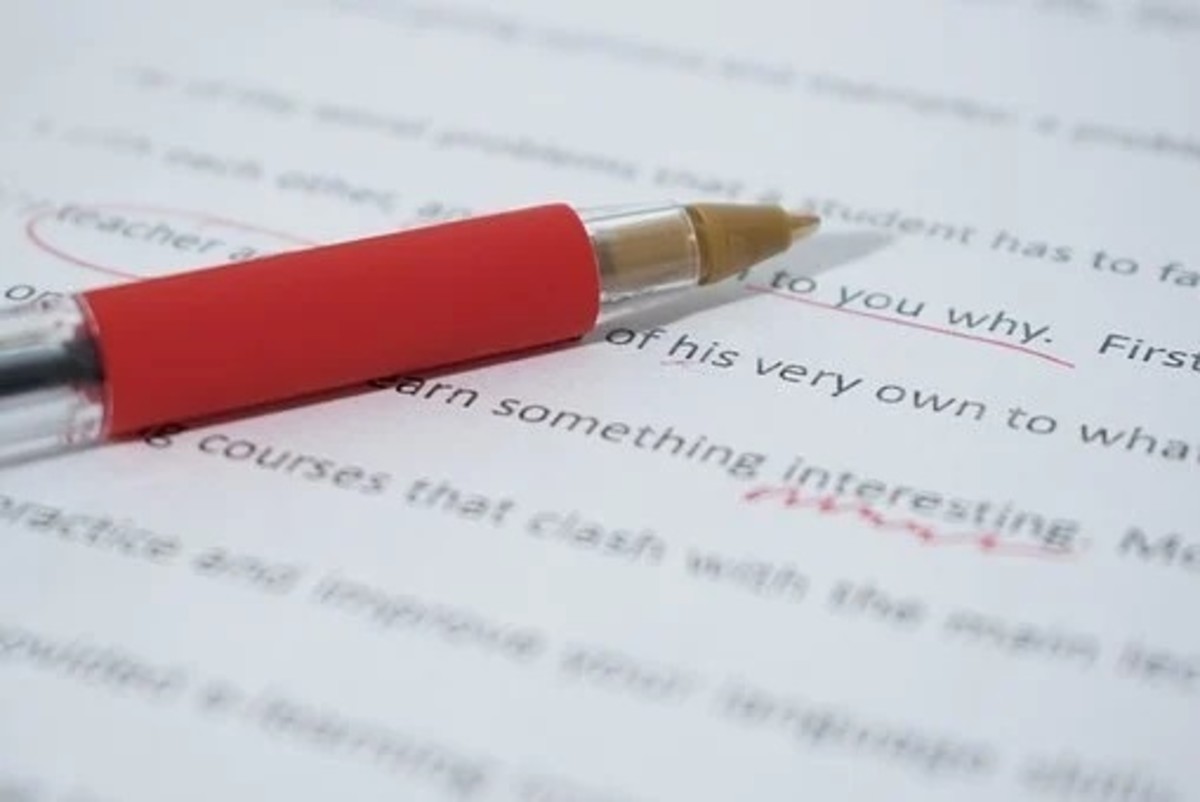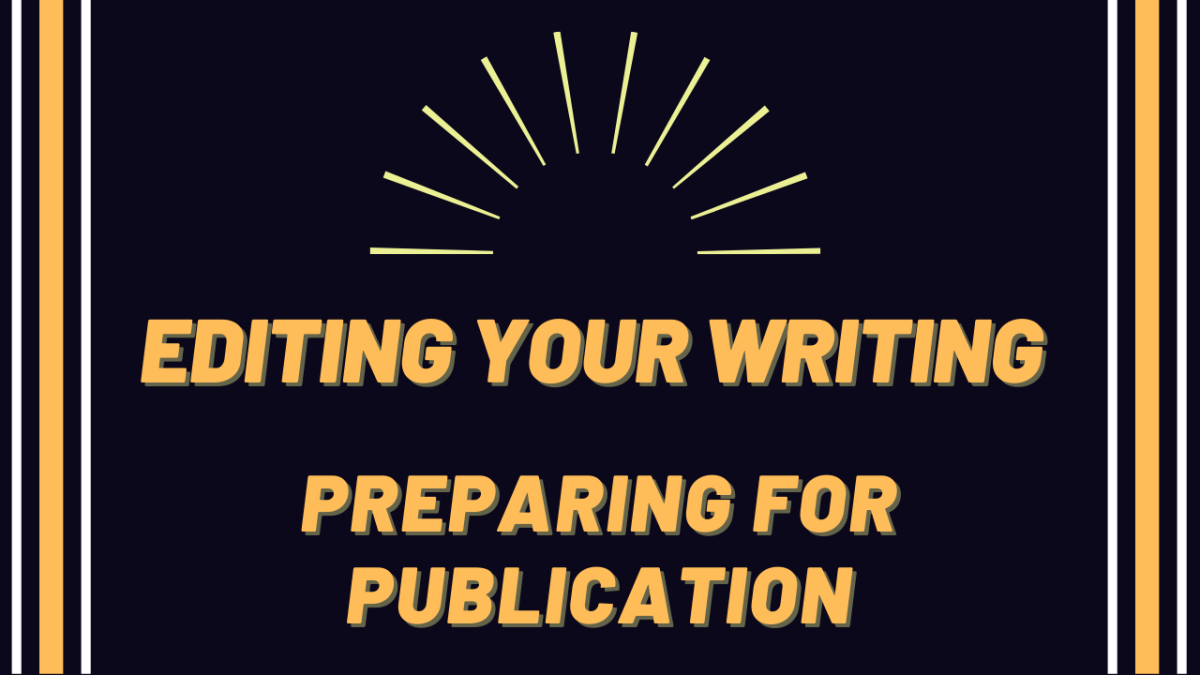How to Repurpose Old Content for Writers

By Joan Whetzel
Musicians do it. Artists do it. Even advertisers do it. They repurpose old content to create new versions of the same product. How many versions of the bunny battery or gecko commercials have you seen? How many versions of your favorite Aretha Franklin, or Sting, or Frank Sinatra tunes have you heard in your lifetime? Writers do the same thing. They take material they've written before, and tweak the content to repurpose it for other markets.
Since it's difficult to impossible for any writer to come up with 100% unique, original content all of the time, writers who can tweak, update, or give a new angle to the old content in their writing portfolios will find they can save time researching and writing just by obtaining about 50% of their current writing material from repurposed, older content. Here are a few ways to repurpose old writing content, while keeping the content fresh.
Newsletter Content
Whenever writers have old newsletter content, that material can be tweaked, updated or given another angle to make it sellable in other formats. The reverse is also true, meaning that material from other writing formats can be edited and given a new angle to make it fit the format and specific topic of any newsletter. So a typical 400 to 750 word newsletter article can be expanded to create a 1,000 to 3,000 word magazine or online website article with the addition of more information and examples. Or that longer magazine or online article can be pared down to fit into a newsletter format.
Forum Posts
Forum posts must be short - less than 400 words, or in some cases less than 200-300 characters including spaces - which means there's not enough room to cover any subject in great detail. Expand that forum post to include the extra information and examples needed to discuss the topic more fully in other formats. In the reverse, take longer articles written for other formats, summarize them, and then use them as a forum posts.
Blog Posts
Blog posts can range in length from extremely short, like a forum post, to lengthy like a magazine or online article. They are generally more personal in nature come from the viewpoint of the blog site owner/writer. These can be edited from length to fit different formats. They should probably be edited to remove the "I / me" personal element as well, since many publications and online publishers prefer a 3rd person approach to article writing. One of the good things about blog posts is that most blogs and blog sites center around a singular or very tight range of topics, which tend to add a bit of credibility or expertise to the writer. If a writer concentrates enough on a specific topic or in a particular area of knowledge, sooner or later he or she will have enough written material to be considered at least somewhat of an expert. And all of that expert blog content can be repurposed elsewhere. In the reverse, writers who have written content for other locations, can give any of this old content a more personal twist or angle, and publish it as a blog.
Books and E-Books, Articles and E-Articles
Hardbound or paperback books can be published as e-books and e-books can be turned into paperbacks or hardbound books. The old content in any of these books can be tweaked and condensed to create a series of related article in magazines and online. In the reverse, a writer can take a series of related magazine articles or online content, rewrite them, and repurpose them as hardcover, paperback, or electronic books.
A Little Q&A
Visit any Q&A site, or the Q&A section of any website. Examine the questions being asked and the responses to those questions. Turn your own answers to those questions as well as the answers from other people into an magazine, newsletter, newspaper, or online article, or into a book. In the reverse, writers can take any old content from their writing portfolio, and post related questions to just about any forum, and take the answers to those questions to tweak and repurpose that old content.
Power Point Presentations
Take the information used to create a Power Point slide presentation, fill it out and create new content for any format from forum and blog posts, to article length, to book length. In the reverse, take any old content and tweak it for a Power Point slide show to accompany a presentation, a classroom lecture, or speaking engagement.
Edit for a Different Audience
Sometimes, a writer's old content won't change length or format (it stays an article or a book) but it must be edited for a different audience. In this case the old content can be edited from any audience style to any other audience style. Audience styles might include: gender, various job or industry related audiences (a audience of writers will differ from an audience of school teachers, an audience of scientists differs from an audience of elementary school students), age, level of education (elementary, middle school, high school, college level, professional level), general audience versus a readership in a specialized field. Keeping different audiences in mind, the same article or book can be edited and repurposed for any number of other audiences.
Edit for Length
Editing for length means to edit in material to make a piece longer or editing out material to make a piece shorter. Editing for length allows old content to repurposed to fit a specific sized space in a magazine, newspaper, newsletter or online format. So the old content can even be edited and repurposed as a filler piece or an sidebar to go along with the author's article.
Change the Angle
Changing the angle of the old content can be done for any number of reasons:
· to create something new for a different audience.
· to make content that is more general.
· to create content in a more specialized area of knowledge.
· to combine the old content with some other types of information and create something new, something never published before.
· to answer questions that books, articles, blogs and forum posts on the topic are just not answering. These could be materials written by the same author take into account all available written material. If the available material on any topic seems to be leaving questions unanswered, then those unanswered questions are providing the writer with a ready-made angle.
Repurposing old content isn't complicated or even difficult. Most of the research has already been done. Even the basic writing has been done. It just needs to be edited, tweaked, and re-worked a bit, which save a boat load of time and energy on the writer's part. What's more, the more content writers can produce in any subject area, the more it adds to those writers' expertise and knowledge of the topic, and the more content the writers will have out there making money for them. Repurposing old content is definitely well worth the time and effort.








